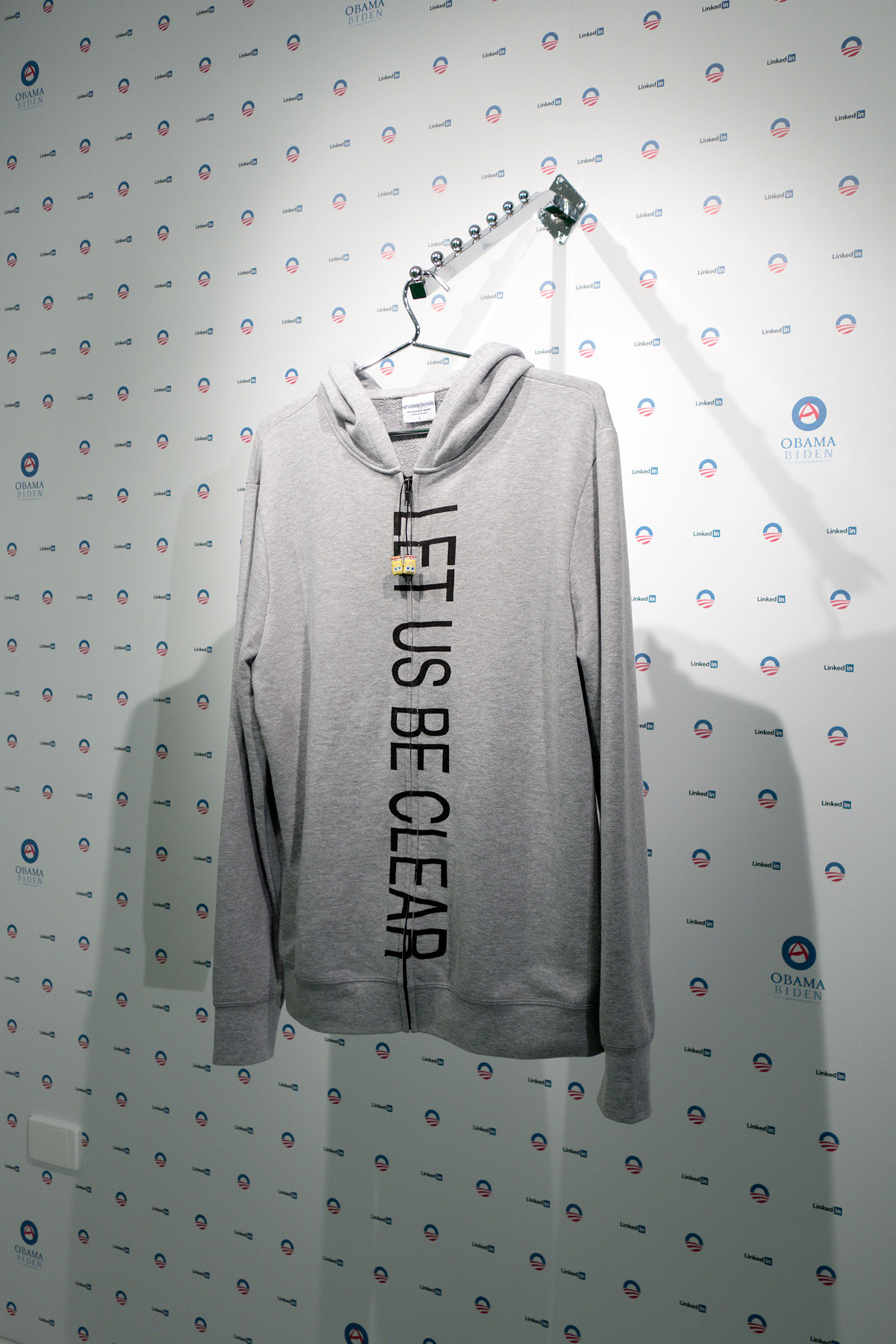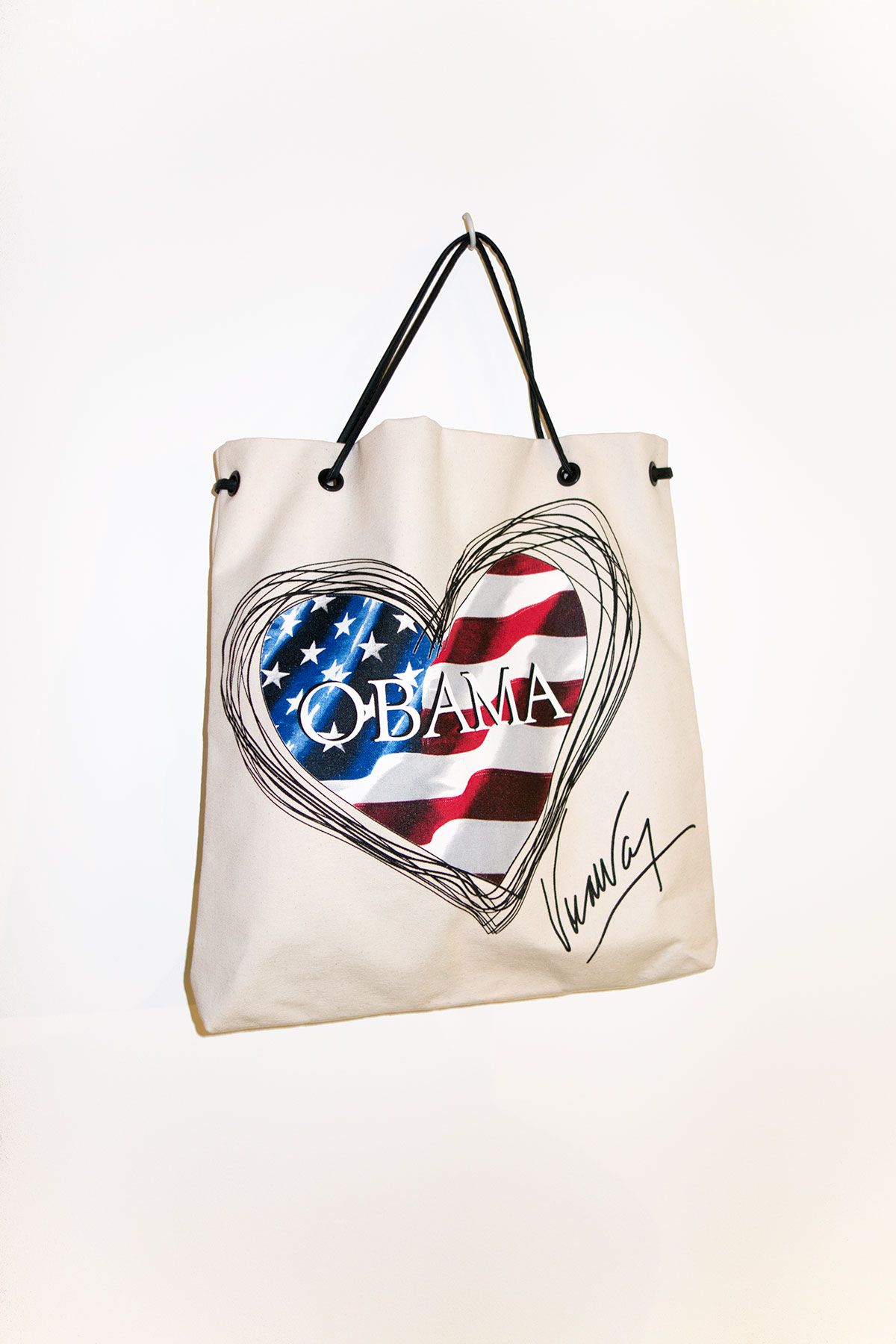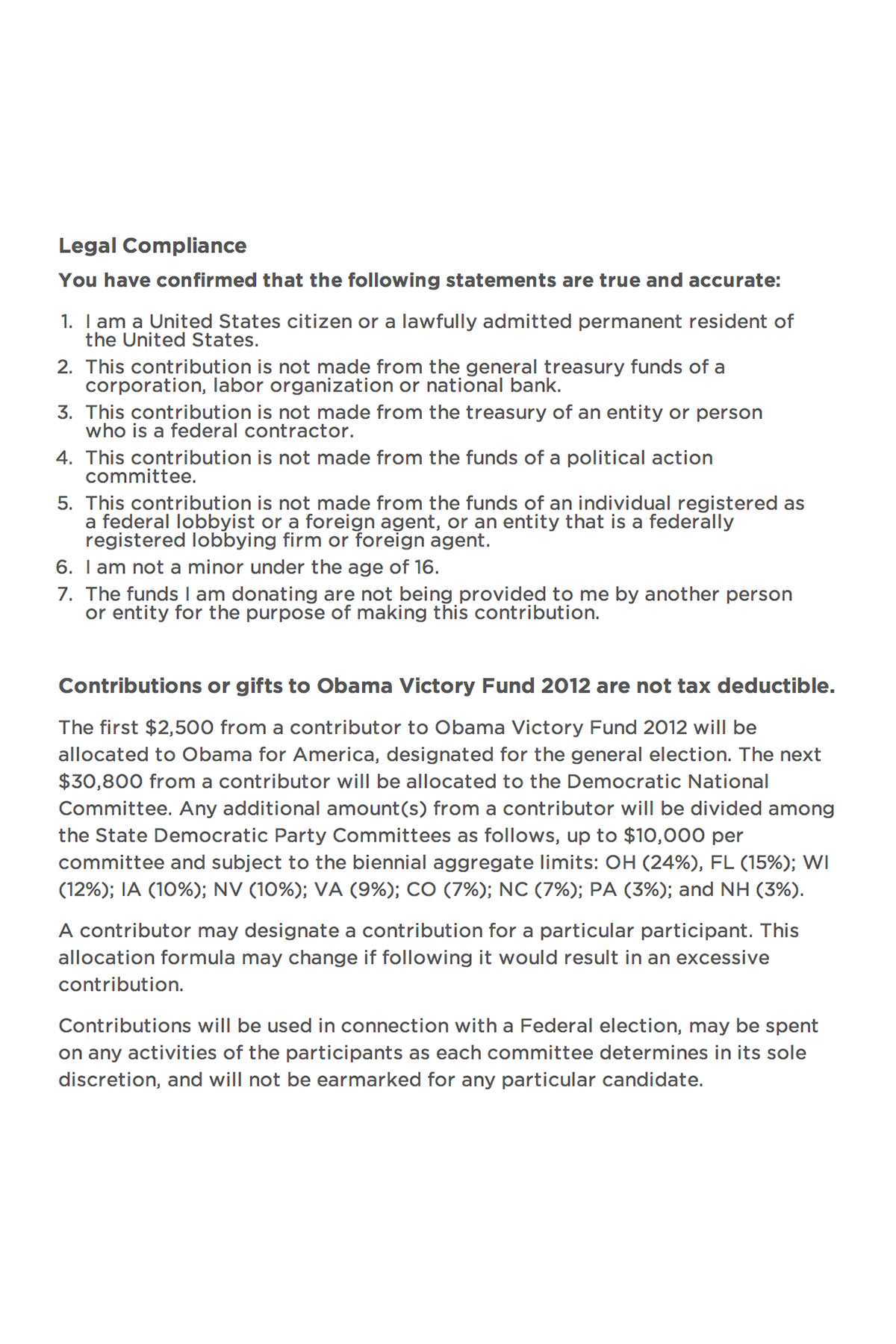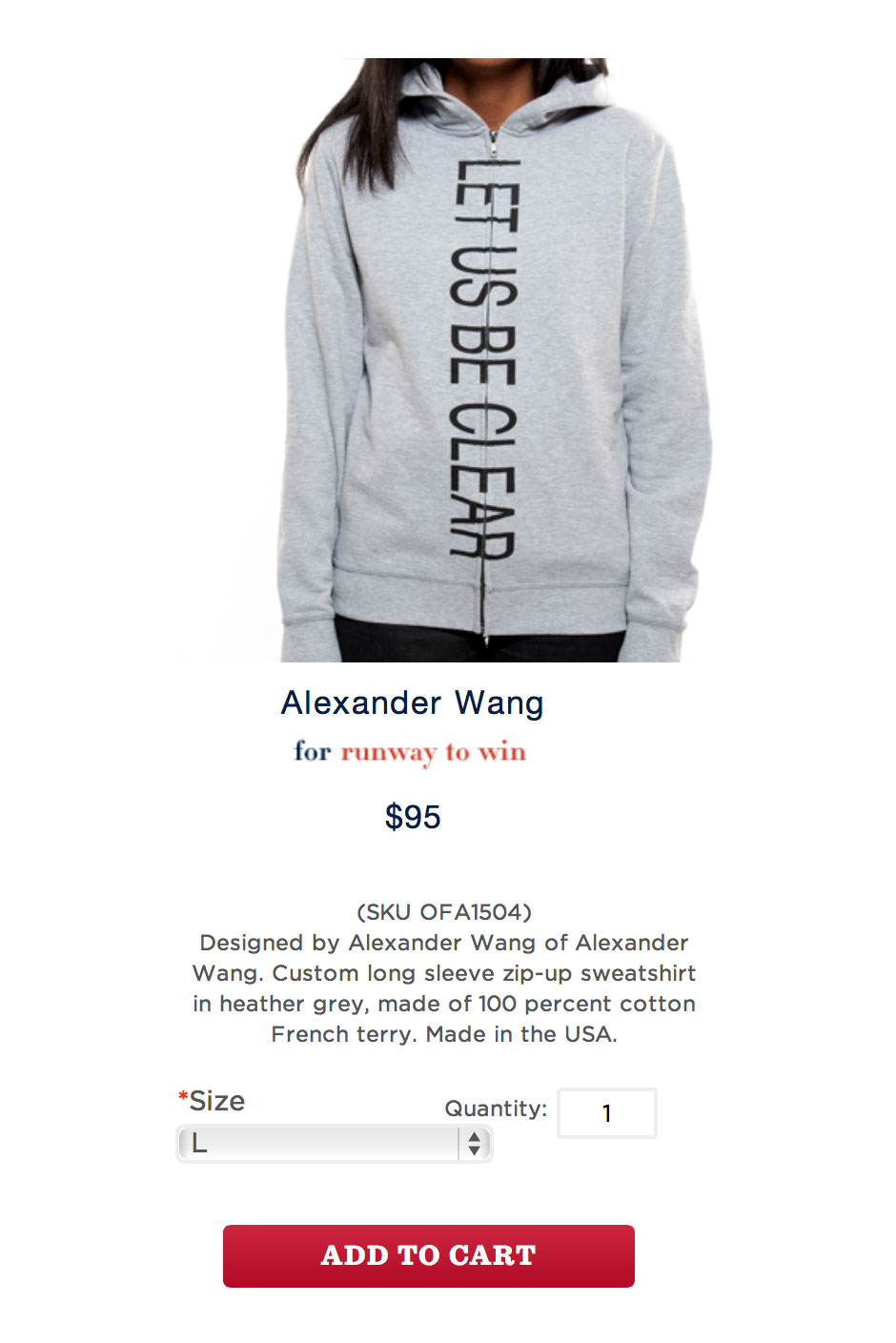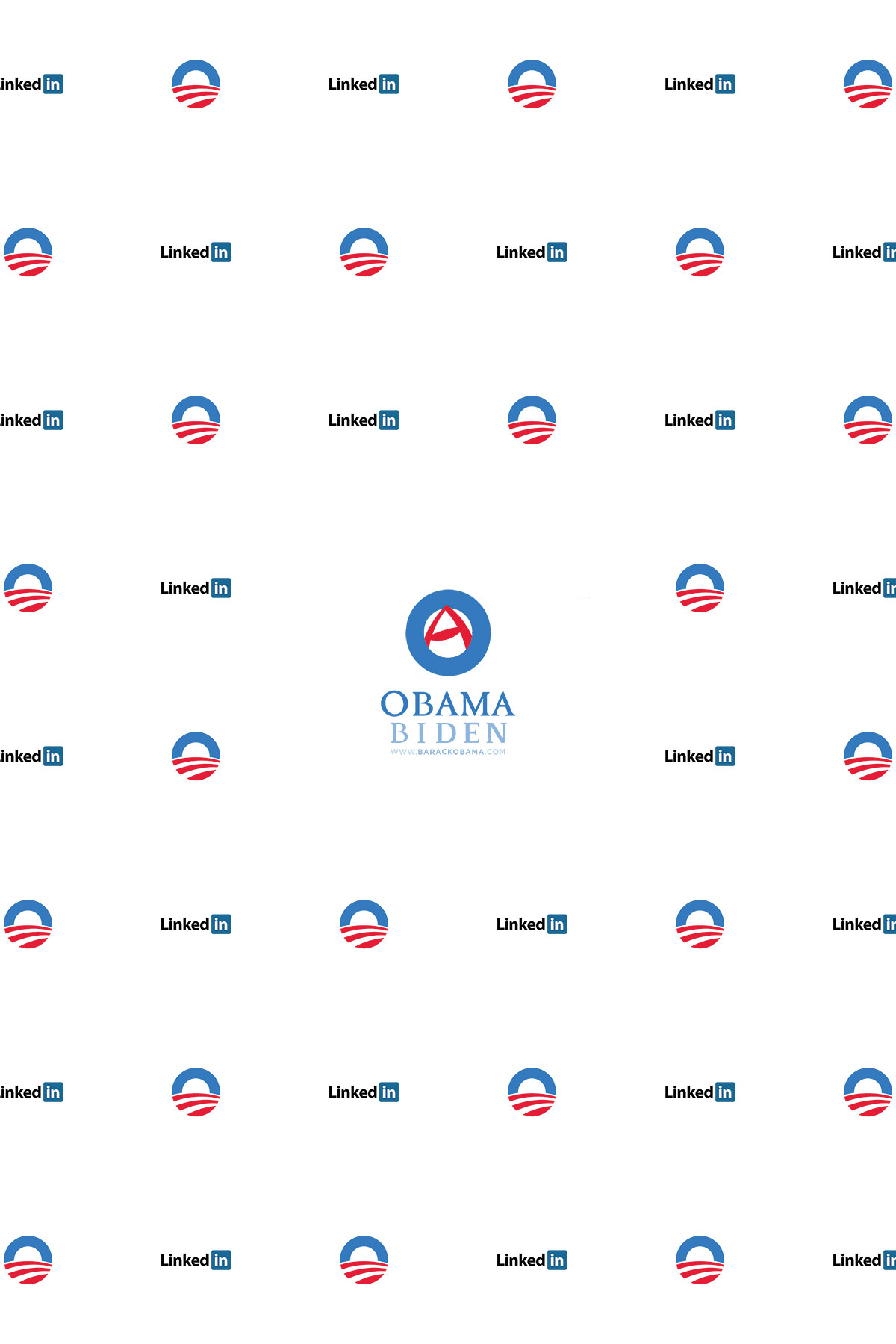
Sean John X Alexander Wang 4 Obama / Home

This project has developed to distill many of the concepts I had been reflecting on as a result of recognising the adaptations of Internet use in the context of my art practice. As a result I was looking at the impact that the popularisation of the Internet was having as a productive tool for the creation and dissemination of art and the conceivable consequences of this shift. Online branding and marketing techniques being utilised in political campaigns became one of the noticable developments and in particular the significance this was having, specifically made evident in the 2012 re-election campaign of United States president Barack Obama. This campaign was chosen as a vehicle for the early stages of this work not only due to the widespread iconographic material of Barack Obama being produced in popular culture at the time but also the paradoxes it would create relating to the content of the work. It was additionally crucial to affix the work onto a well-established identity that was recognisable globally. One of the funding methods for the Obama 2012 election campaign that became central to this work was an online web-store, selling a comprehensive and diverse range of items from clothing to kitchen utensils to pet garments. Many of these objects were created in conjunction with well-established designers from respective fields, which further endorsed the brand and popularised the products. As a non United States citizen it was initially not possible to purchase these items, as purchases of these products were classified as financial contributions to the campaign. Consequently the objects exhibited were able to be purchased through a third party shipping service. This specific service is conveniently available to anyone with an Internet connection, an Australian fixed address and a form of currency. Following the transaction through the third party online service and acquiring these items, it was important to present these objects as material relics, with the intent for them to open a dialogue around the possibilities for new communication technologies to undermine political economies, or in some way transform the perspective or legitimacy of campaign funding methods. It was also important to display these objects in such a way that they are purposefully critical of the methods utilised in promoting and branding political campaigns while also recognising the aesthetic attraction of the products. An example of this is in the LET US BE CLEAR (2013) garment where earphones are attached looping Barack Obama’s 2012 campaign Spotify playlist. Leading up to the 2012 United States presidential election there was evidence in the polls and media reports that Barack Obama required stronger support from the Hispanic and Latino American community. This Spotify playlist reflects this, with artists from this demographic featured heavily. This playlist was contrasting in content when compared to the 2008 election and both represent a targeting of specific demographic groups in a hope to gain votes. This seemingly transparent marketing technique of acquiring votes through cultural mores has often resulted in an unsettling deception for not only the target voters but also the broader community. |
